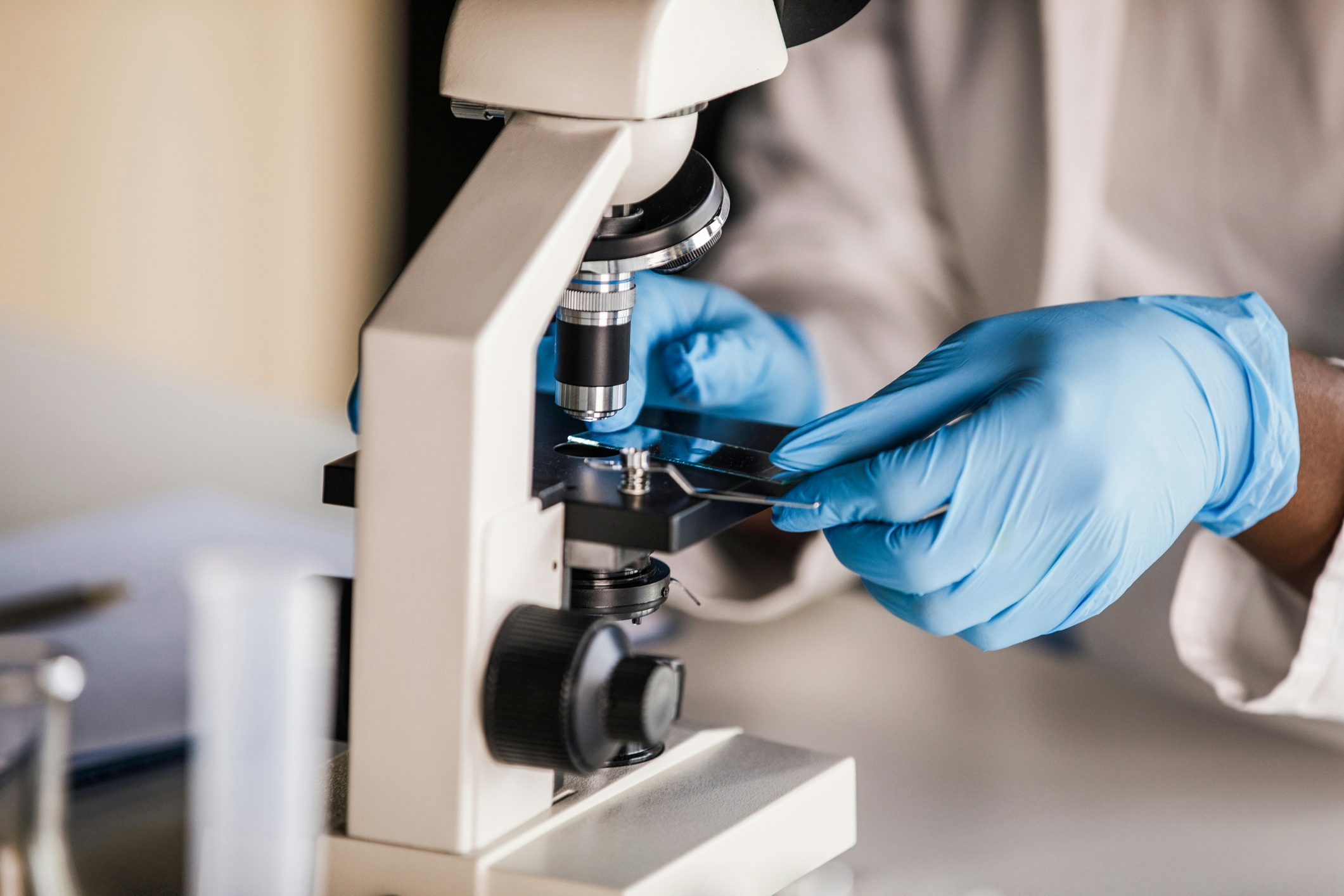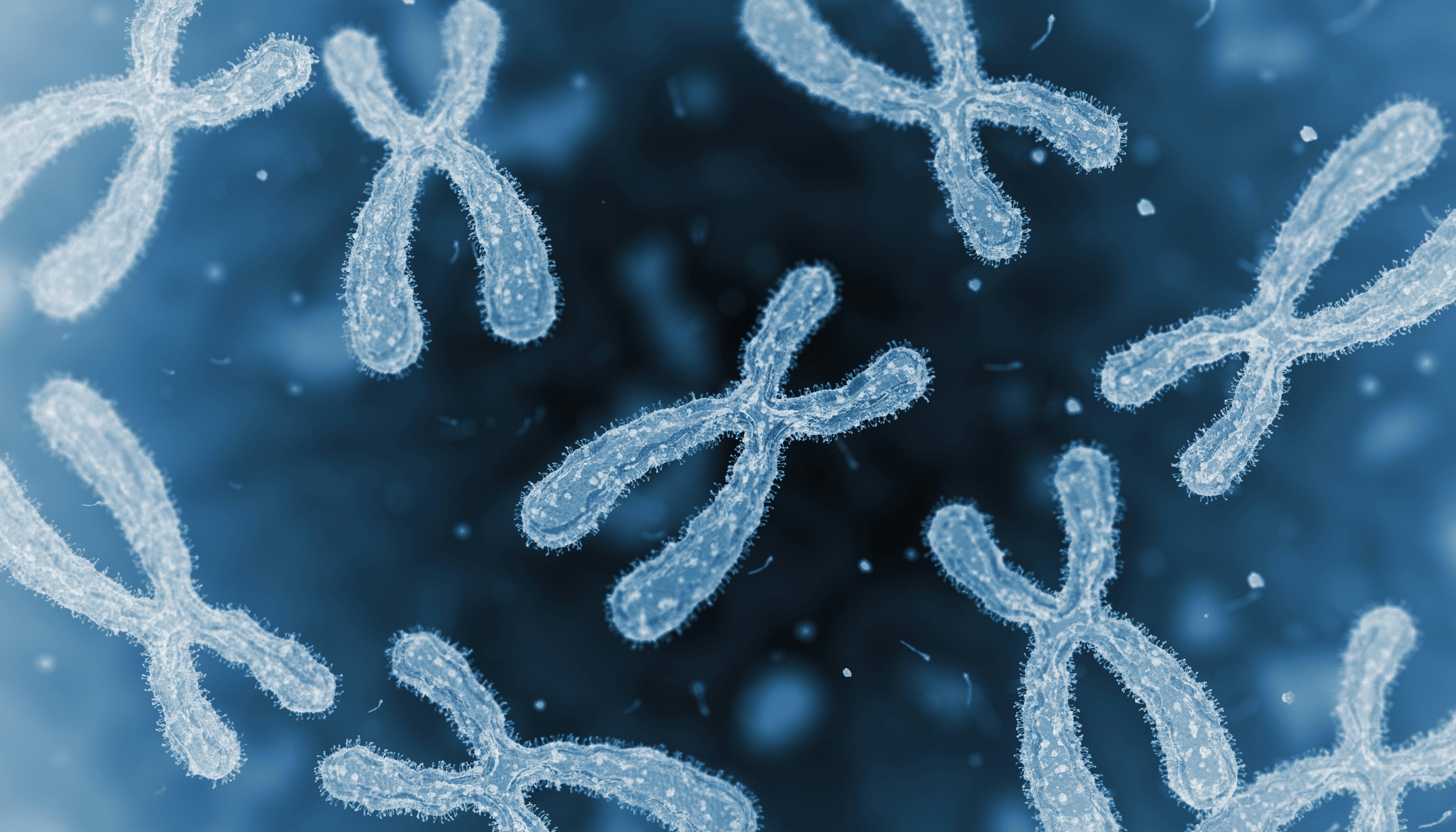What is Non-invasive Prenatal Tests (NIPT)?
NIPT is a prenatal screening test that is designed to assess the risk of certain chromosomal abnormalities in a developing fetus.
It primarily screens for common chromosomal abnormalities, such as Down syndrome (Trisomy 21), Edwards syndrome (Trisomy 18), and Patau syndrome (Trisomy 13). It can also detect conditions related to sex chromosomes, such as Turner syndrome and Klinefelter syndrome.
As no invasive procedure is required in obtaining the sample, there is no risk of miscarriage.

Harmony Test
The Harmony Test is used for pregnant women of any age or risk category and is trusted by clinicians worldwide.
It can be used in singleton, twin, and self- and non-self egg donor pregnancies.
As early as 10 weeks, the Harmony Prenatal Test screens for the risk of Trisomy 21, 18, and 13, without posing a risk to the baby.

Panorama Test
Panorama Test is a blood-based genetic, prenatal screening test of the pregnant person that screens for common chromosomal conditions that affect a baby’s health.
It screens for genetic abnormalities of your baby as early as nine weeks of your pregnancy. Panorama can determine the sex of your baby and brings no risk to your baby.
In additional to chromosomal abnormalities (Trisomy 21, 18 and 13), you may screen for five microdeletion syndromes ( 22q11.2, 1p36, Cri-du-chat, Angelman, and Prader-Willi syndrome).
Panorama is the only NIPT that is validated to screen for triploidy.
